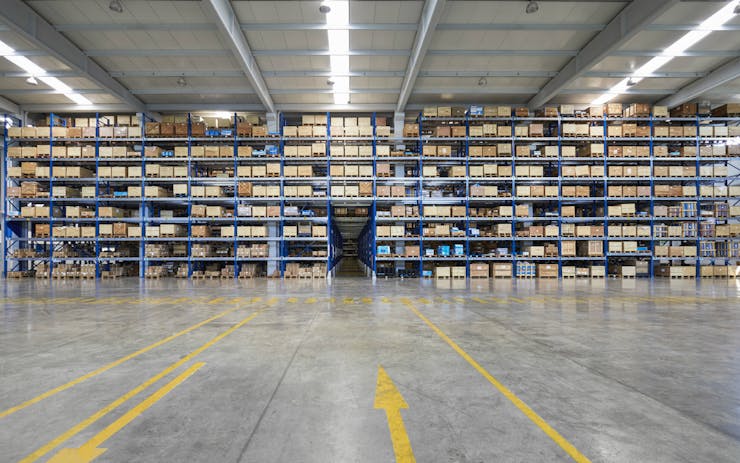Australian patients struggling to access medical cannabis are welcoming the Australian government’s announcement last week to allow importers to source cannabis products from international suppliers. The change is expected to ensure that patients currently waiting for medicine obtain it within eight weeks. But uncertainty still surrounds the changes, and experts are now calling for a more comprehensive approach to meeting Australian demand for medical cannabis.
Professor David Allsop is an associate director of the Lambert Initiative at the University of Sydney, a project exploring how cannabis can treat childhood epilepsy and other serious diseases. Allsop believes that while imported cannabis will help fill the immediate patient need, further regulatory reforms are still needed to ensure fair and adequate access.
The change, “does not solve an issue installed by the Federal Government in November 2016, when access to medical cannabis was removed from the Category A route of the TGA’s Special Access Scheme,” Allsop told Leafly. “Cannabis is the only scheduled drug to have been excluded from this route of access— meaning that terminally ill patients cannot gain ready access in the timeframes appropriate to their dire situation, despite being arguably one of the patient groups most likely to benefit.”
“It also doesn’t change the fact that in order to gain access, a doctor still needs to make the application,” he continued. “Most doctors either do not know how to apply, do not have the required training or expertise to apply, or are politically or philosophically against supporting a medical cannabis application.”
Patient advocates hope the change will raise the profile of medical cannabis with doctors and lead to a better understanding within the medical community of the prescription process.
University of Adelaide Dr. Scott Smid echoed the need for broader acceptance in order to “ensure that the use of medicinal cannabis is safe and effectively targeted.” The key to ensuring that acceptance, he said, is further research and clinical trials. Smid thinks the government’s recent changes are likely to accelerate that research.
But there’s another issue: Australia’s nascent initiative to boost locally grown medical cannabis. Allsop thinks it’s unclear “whether allowing bulk importation and storage from overseas will in anyway interfere with the Federal Government’s November 2016 legislation, designed to encourage local Australian companies to establish growing and manufacturing operations for medical cannabis here in Australia. It could be that allowing overseas importation lends significant competition to these emerging enterprises making it difficult to justify business models to investors.”
The national Office of Drug Control has yet to issue any licenses or permits for growing medical cannabis, but it appears the value of those licenses—especially given the high cost of doing business in Australia—may fall due to a sudden influx of imported products. Nevertheless, shares of listed Australian cannabis businesses posted strong gains after the announcement. The long-term impact of importation remains to be seen.
What’s clear for now is that the changes represent a legitimization of medical cannabis, which is a political win for the Australian government and a vote of economic confidence for cannabis as a medicine. Perhaps that confidence will support local growers while the other pieces of the puzzle, such as wider acceptance from the medical community, continue to fall into place.





